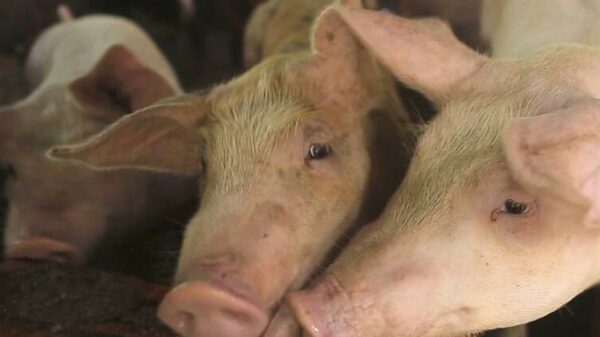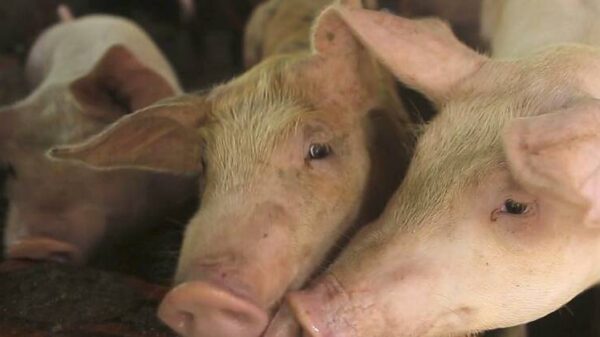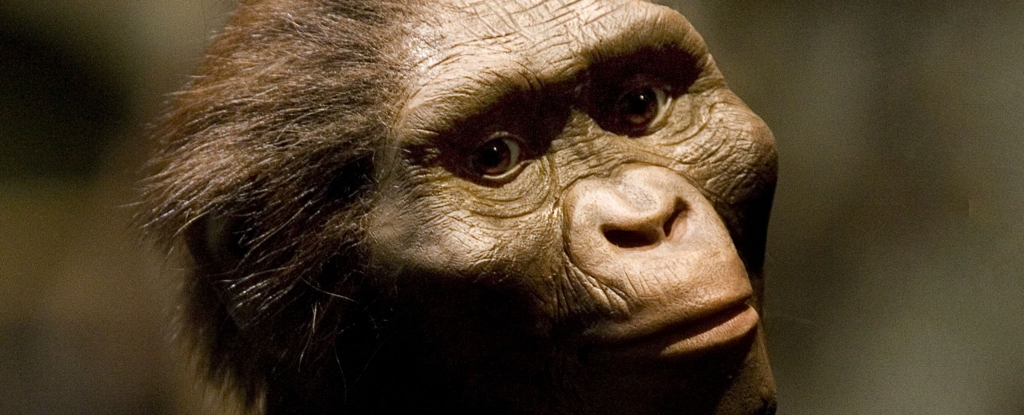BREAKING: Paleontologists have made a groundbreaking discovery in northeastern Ethiopia, revealing ancient teeth from two distinct human lineages that coexisted over 2.5 million years ago. This urgent finding reshapes our understanding of human evolution, demonstrating that our ancestors likely shared habitats with other hominins.
The discovery was made at the Ledi-Geraru site, previously known for yielding the earliest evidence of the Homo genus, a jawbone dating back 2.78 million years. Newly uncovered teeth, dating back 2.59 million years and 2.63 million years, provide direct evidence of the Australopithecus genus in eastern Africa during a critical period of evolution.
“This new research shows that the image many of us have in our minds of an ape to a Neanderthal to a modern human is not correct,” said Kaye Reed, paleoecologist at Arizona State University. “Human evolution is not linear; it’s a bushy tree.” This urgent update highlights how two lineages may have thrived side by side, possibly competing for resources or interacting in ways we are only beginning to understand.
The two ancient lineages—one belonging to the Homo genus and the other to Australopithecus—suggest that our ancestors were not alone in their evolutionary journey. The implications of these findings are profound, as they indicate a more complex and intertwined evolutionary history than previously thought. The results of this study were published in the esteemed journal Nature.
Lead author Brian Villmoare emphasized the need for more fossil discoveries to clarify the relationships between Australopithecus and Homo. “This emphasizes the critical importance of finding additional fossils to understand the differences between Australopithecus and Homo, and potentially how they were able to overlap in the fossil record at the same location,” he stated.
With this discovery, the total number of known hominins in eastern Africa has increased to four distinct species: two australopithecines, a robust offshoot known as Paranthropus, and the early Homo genus. This significant expansion of the hominin fossil record is reshaping our understanding of human ancestry and evolution.
As scientists continue to analyze these ancient teeth, the research community eagerly anticipates further insights into the lives of our ancestors. The evidence from Ledi-Geraru not only fills critical gaps in the fossil record but also raises compelling questions about how early hominins lived and interacted.
Stay tuned for more updates as this story develops. The future of our understanding of human evolution is unfolding before our eyes.





























































